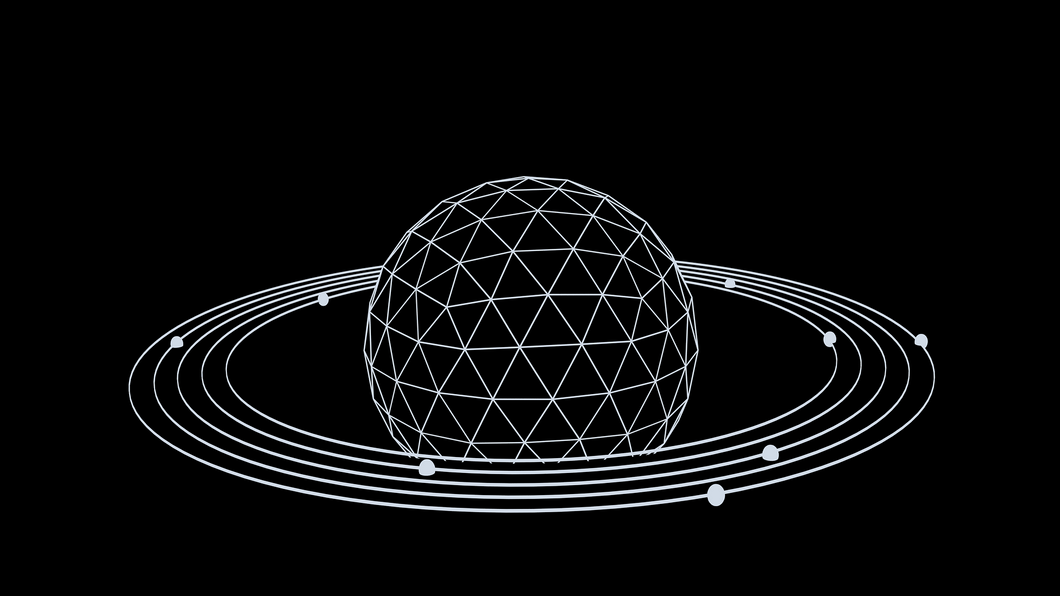Reminiscing science courses in high school, I decided to freshen up my memory and learn even more about how our universe began and the very fundamentals of what makes it up, and here I am to share what I've found with you. Learning about the smallest particles and what can occur in such a short amount of time makes me reevaluate how I perceive size and time as a human. On the other hand, the vast size of some objects out there and how short humans have been around has the same effect. Size and time are on a much larger, wider scale than I previously anticipated. Let's brush up on our physics.
1. There are four fundamental forces of nature.
Gravity, electromagnetism, the weak force, and the strong nuclear force are the four fundamental forces of nature. The strong nuclear force is the strongest force in nature. Gravity is one of the weakest forces and holds planets, stars, solar systems, and galaxies together. The weak force is responsible for particle decay and nuclear fusion, which powers the sun and other forms of energy present on earth. Electromagnetism describes the charges between oppositely charged particles, and is responsible for common things like friction and the drag that planes or birds feel while in flight. The strongest force is...believe it or not..the strong nuclear force! It is 6 thousand trillion trillion trillion (39 zeroes after 6) times stronger than gravity. It binds the particles of nature, quarks, together. Quarks make up protons and neutrons.
2. Gluons hold the universe together.
While atoms are made of electrons, protons, and neutrons, those protons and neutrons are made of quarks. Quarks are binded together through gluons, which carry the strong nuclear force that holds them together. The source of mass of protons and neutrons are still in question, as quarks only account for 2% of the mass. Scientists think the action of gluons may account for the rest of the mass, since gluons themselves do not have any mass.
3. The weak force powers life.
In the reaction chain that powers the sun, the weak force plays a critical role. It helps hydrogen atoms become helium. If the force was stronger, the sun would have burned out by now, but if it was weaker, the sun may not have ignited in the first place. The sun lights our earth and provides us with energy, which keeps us alive. Let's thank the weak force for this beautiful life we have.
4. The Big Bang resulted in the pieces of our universe.
While a second is long to us, in the grand scheme of the universe, a second is nothing. The Grand Unification Theory, which is still in question, states that all the fundamental forces used to be one. The first to split was gravity, about 10e-43 seconds after the big bang. About 10e-36 seconds after the universe was formed, the Electroweak Epoch occured. As the earth cooled, The electroweak force split into electromagnetism and the weak force. The Quark Epoch followed, at about 10e-12 seconds. As the universe continued to cool off, the fundamental forces and particles were formed. It wasn't until about 300-500 million years later that stars and galaxies began forming. About 8.5-9 billion years later, our solar system was born.
5. We are surrounded by particles that are basically nothing.
Neutrinos are strong speedy particles born from violent, exploding stars and gamma ray bursts that are nearly massless and travel at the speed of light. They are the most abundant particles in nature and about 100 trillion pass through your body every second without you even noticing. These ghostly, mysterious particles are still being studied and understood, as scientists are curious about their role in the supernova process and they might provide insight into how simple particles evolved into more complex particles.
6. There is matter...and then there is antimatter.
Scientists believe that almost every particle has an antimatter twin that while everything else is the same, the only difference is that is has an opposite charge. Take protons and electrons, for example. A electron's opposite is not the proton, but a positron. A positron is the same mass as an electron, but a positive charge. The Big Bang should have resulted in equal amounts of matter and antimatter, but it created mostly matter. When matter and antimatter meet, they annihilate each other, and if our universe was made of both, as scientist believe it should have been, our universe would be destroyed. So, where did all the antimatter go? The matter-antimatter issue is one of physics unsolved mysteries, and when if it is solved, it could answer the question of why we are here in the first place.
Quarks, forces, The Big Bang, and matter...sound familiar? From the beginning of the universe until now, hundreds of billions and the evolution of four forces and really, really tiny particles of years have led to modern humanity in the milky way galaxy.
















